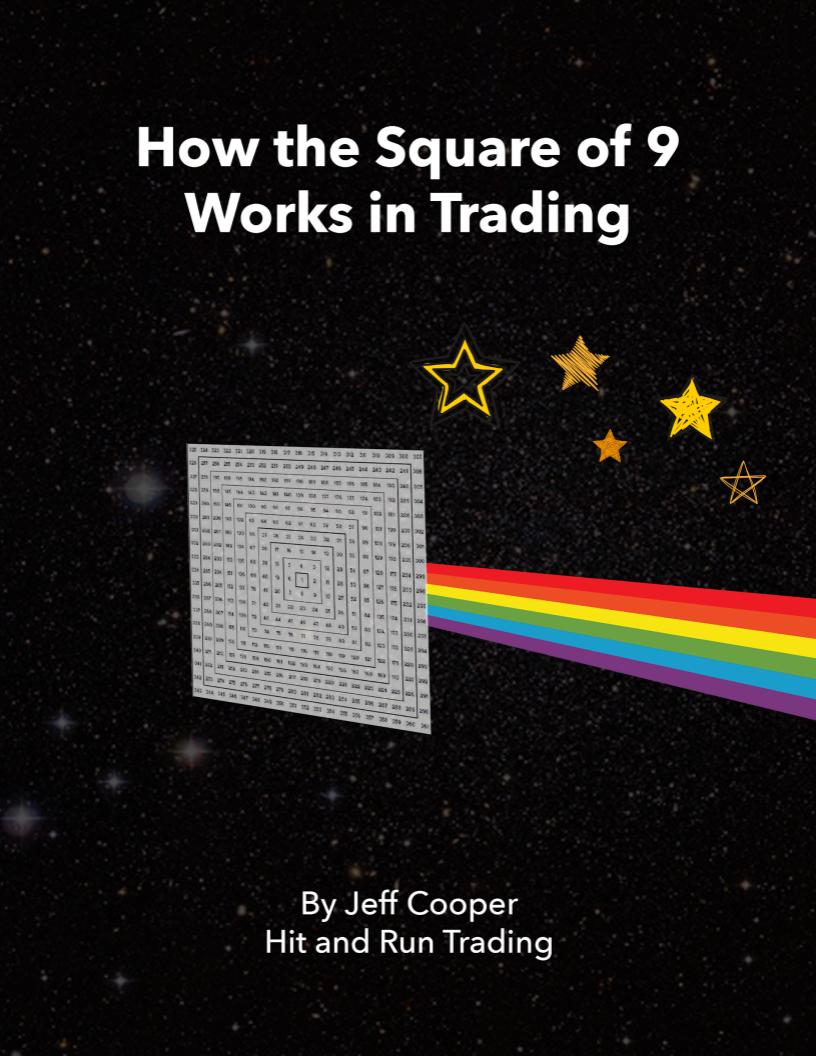How to Size and Manage Trading Positions the Right Way
Kevin from Omaha recently asked “how do I manage my position sizing in a setup?”
There has been countless books and articles written about position sizing. It becomes a matter of how many stocks to hold a portfolio. I have developed a three-pronged approach to the market over my 35 year trading career. I'm an active short-term intraday trader, hence my newsletter with the name Hit and Run Trading. It was named after the books I wrote on short-term trading in late 1990s. These were the first books exclusively written solely on short-term trading.
I am also a swing trader, which means positions typically intended to be held for three to five days. I say intended because once the stock moves, I react.
In my swing method, if a position runs up, I sell half to take a profit and then trail a protective stop on the back half. Sometimes the trailing stop is breakeven. But if the stock exploded, the stop may be higher. Sometimes, that trailing stop hits the same day or the next day. So these swing positions aren't always held for three to five days, depending upon the size of the follow-through.
I'm also a position trader, which means I may hold a position for weeks or months. This has been the case with GDXJ and other precious precious metal miners accumulated in May.
Generally speaking the size of your position should be determined by how much equity you stand to lose. If a trade goes against you, you always want to stay on defense. When a trade goes right, the offense takes care of itself.
The size of your position also involves correlation risk. Typically, I may have 10 swing positions and 5 long-term positions at the most at any one time, which excludes my day trading. If five of my swing positions are semiconductors, I have correlation risk because typically they will move together.
I mostly traffic in growth names and these can be high-beta stocks with a lot of volatility. So my position sizing will also depend upon how high the beta is in the stocks are.
Let's assume a $100,000 account is devoted to a swing portfolio (excluding day trading and bigger-picture positions).
Sometimes I may have as few as three and sometimes I actually will be full with 10. But as a rule of thumb, I don’t want any swing position to be more than 10% of the account. Assuming a $50 stock, that would mean 200 shares (or $10,000).
I often build a position by taking a pilot or starter position and go from there King of the tone of the market and the stock.
On intraday pivot points, my position trading isn’t really about hard and fast rules.I will typically risk no more than four percent in any one position. In this example, that is a stop of 2 points. 4% of $10,000 is $400. Divide that by 200 shares and you get the 2-point stop. This initial stop may actually be less because it's also determined by the stock’s own pattern, relative strength/weakness, and the overall market tones. I'm not I'm not married to a particular rule of thumb.
Speculation is observation and that carries and to where my stop is and my sizing.
I happen to be more of a pullback buyer than a base breakout buyer. If I'm buying a pullback or and buying a pivot out of a pullback, then my risk will be limited. So in reality. A sotp may only be 1%. This allows me to do two things with my initial position size.
if I'm buying in a into a pullback. I may be able to take a larger position because my expectation is that I'm buying support. So my stop can be tighter. In other words, I can take a larger size position with a tighter stop.
Whereas if I'm buying a breakout, I may start with smaller size and build up because I've learned from Bill O'Neill that around 50% of all breakouts will backtest the breakout point. Long-time readers know the expression “the first mouse gets the squeeze and the second mouse gets the cheese.” The first move often squeezes players while the next move is the real deal.
That's why I'm inclined to buy pullbacks rather than breakouts.
What no one really tells you which to me is key in sizing is a daily analysis of the market itself more than anything. This will determine whether my positions will be small, medium, or large that day. In other words. It's the tone of the market that day. Is it a trend day? Or is it a choppy day that looks like a reversal day on could be on the table.
In a strong trend day with the stock already in motion. I will often take a pilot position and add on an intraday pullback. So I will build a position based on the characteristics of the stock, its position, its beta/volatility, and the market tone.
Most people will tell you not to have too concentrated of a portfolio. In other words, don’t have only a few stocks in a portfolio.
Heavy concentration is risky for new traders.
But for experienced traders, real wealth is generally build with a concentrated portfolio.
I go big on a position on first stage breakouts or late-stage breakouts. That's because the biggest moves in the shortest period of time usually come at the end of moves like
Diversification is safer, but for some traders, it can be counterproductive.

